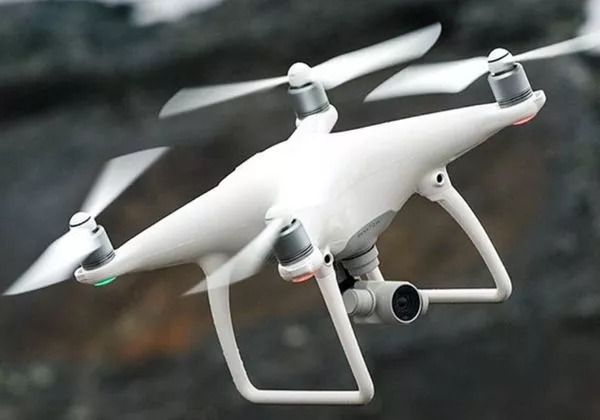In recent years, drone sightings around the world have surged, captivating the attention of hobbyists and professionals alike. These unmanned aerial vehicles (UAVs) have transformed from niche gadgetry into mainstream tools that redefine various industries and recreational activities. The technology behind these flying machines offers unparalleled opportunities for innovation and practical applications, yet their proliferation raises questions and concerns about privacy, safety, and regulation.
Drones are equipped with advanced capabilities ranging from high-resolution cameras to thermal imaging, allowing users to capture breathtaking vistas or conduct vital operations such as agricultural monitoring, disaster management, and security surveillance. As drones become more prevalent, the global drone sightings phenomenon illustrates both their utility and the challenges they pose to traditional aviation and public space management.
Understanding the Rise of Drones
The ascendancy of drones is attributed to factors such as technological advancements, reduced costs, and the burgeoning interest among consumers and businesses. Compact and versatile, drones offer a unique perspective that was once exclusive to helicopters and airplanes, now accessible to individuals willing to invest in this innovative technology.

Highlighting Noteworthy Sightings
- Eiffel Tower, Paris: Witnessed by tourists, drones capture iconic views of the monumental structure, providing novel photographic opportunities.
- Amazon Rainforest: Researchers use drones for ecological surveys, uncovering hidden biodiversity and monitoring deforestation rates.
- Great Barrier Reef, Australia: Drones assist in marine conservation efforts, helping scientists track coral bleaching and sea life health.

Challenges and Regulations
Despite their benefits, global drone sightings invoke critical discourse regarding aviation safety and airspace regulation. Incidents involving drones interfering with commercial flights have sparked calls for stricter controls and certifications. Most countries require drone operators to adhere to flight safety rules, register their devices, and in some cases, obtain permits to fly.
Privacy Concerns
The ability of drones to capture detailed images for recreational and professional use raises concerns about privacy infringement. Individuals fear that drones equipped with cameras could invade personal spaces without consent, prompting discussions on ethical guidelines and the establishment of no-fly zones over private properties.
Technological Innovations and the Future
Looking forward, drones are poised to revolutionize several industries, from delivery services to emergency response units. Innovations in AI and machine learning are likely to enhance their precision and efficiency, enabling drones to perform automated tasks without human intervention.
Common Questions
How can drones affect wildlife?
Drones, when used responsibly, can aid in wildlife conservation by tracking animals without disturbing their habitats. However, misuse could lead to stress or behavioral changes in sensitive species.
What laws govern drone usage?
Each country has specific regulations governing drone usage, including limits on altitude, proximity to airports, and no-fly zones. Operators should consult local aviation authorities for detailed rules.
Can drones be used for commercial purposes?
Yes, drones are increasingly used for commercial purposes such as cinematography, surveying, and delivery services, provided operators comply with regulations pertinent to commercial drone flights.